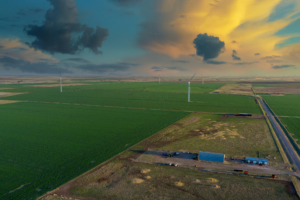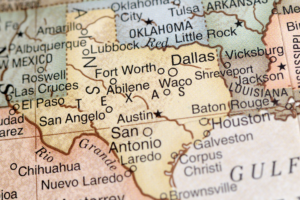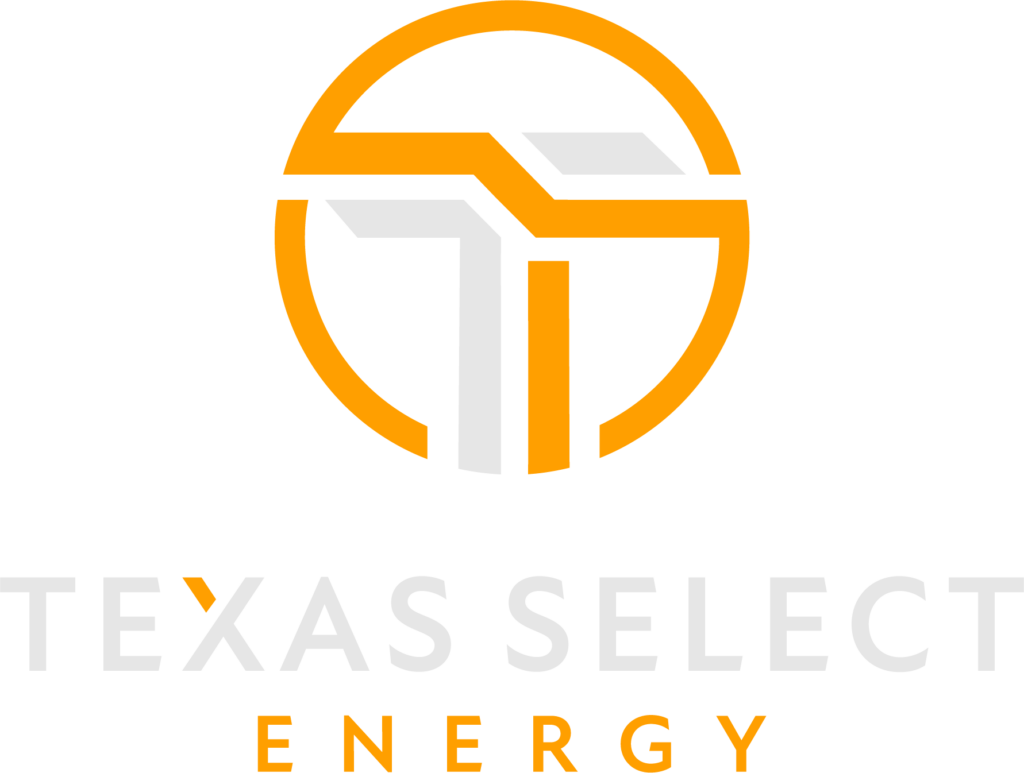In a recent development, a project aiming to connect Texas’ ERCOT power grid with the southeastern U.S. grid, particularly in Mississippi, has encountered delays. This initiative, under consideration for over a decade, is seen as a potential solution to Texas’ power challenges, especially in light of past failures like the 2021 winter storm. The plan involves using both direct and alternating current to facilitate the connection while circumventing federal regulation. However, obstacles in Louisiana, including property rights issues and local opposition, have hindered progress. This connection, even if successful, would only marginally augment Texas’ power supply.
What Are The Benefits?
Linking Texas’ ERCOT grid with the southeastern power grid could provide a vital support mechanism during disasters, as Texas currently lacks significant connections to the eastern and western U.S. grids. Historically, Texas has resisted federal oversight in its power infrastructure, a stance dating back to the 1930s when electric cooperatives were established. This independence reflects a longstanding Texas ethos of self-reliance and a preference for state-level management over federal involvement in its affairs.
How Would The Project Work?
Discussing the connection plan, Pattern Energy has been spearheading an innovative approach for over a decade. Their strategy involves initially transmitting electricity as direct current (DC) and subsequently converting it to alternating current (AC). This unique method of transmission is significant as it helps navigate around federal regulatory oversight. It’s important to understand that while AC is the standard form of power used in homes, DC is not commonly used for regular appliances.
Why Hasn’t It Been Attempted Before?
The lack of progress in connecting Texas’ grid to Mississippi through Louisiana may be attributed to the challenges in obtaining consent for large electrical towers on private property in Louisiana. Efforts to persuade local authorities have been met with resistance, delaying the process. Additionally, the threat of using eminent domain to acquire land has not expedited approval, as local parishes in Louisiana, equivalent to counties in Texas, have not been eager to approve the project.
Would This Solve Texas’ Power Shortage Issues?
If the project to connect through Louisiana receives approval, it’s estimated that the process could be completed between 2026 and 2029. However, this connection would only marginally increase Texas’ power supply, providing about 4% of the necessary power in a major emergency, equivalent to the needs of a few hundred thousand homes. This increment, though small, is a step towards addressing ERCOT’s capacity issues.
What’s The Argument Against Connecting ERCOT To Other State Grids?
In Texas, there’s a debate over the independence of the power grid, with some arguing that this independence results in lower electricity prices. However, considering Texas’ growing population, which is expected to increase significantly in the coming years, there are concerns about the grid’s capacity. The prevailing notion that Texas, as a major energy state, should have the lowest electricity rates is being challenged by the reality of high electric bills faced by residents. This situation calls for a reassessment of the state’s approach to its power grid management.



